The History Of Toyota Carina

The Toyota Carina was a Japanese compact car, initially launched in 1970 and exported to Europe, the USA and UK. It finished production in 2000 as a mid-sized four-door sedan sold in the Japanese market. It was typically marketed as a four-door version of the Celica. Over time, it became a sister car to the Corona but was sportier, with distinctive bodywork and interior—aimed at the youth market and generally filling a niche between the Corolla and Corona. At that point it was replaced by the Allion.
The Carina name has been used in markets other than the USA at various times to represent other cars, usually the Corona. However, the Japanese-market Carina was a different car entirely.
According to the Toyota Carina article in Japanese Wikipedia, the inspiration for the name Carina came from the Carina star cluster.
The first-generation Carina was manufactured in 1970 (and launched in the UK in October 1971). It was also exported to the US, but sales volumes were disappointing. US exports stopped after only 2 years.
The following details applied to models landed in the UK:
- 1971 1588-cc OHV engine, 4-speed gearbox and front-wheel disc brakes.
- 1972 Revised body details, new rear light cluster and filler cap repositioned in rear quarter panel, restyled front grille and fascia.
- 1974 Revised specification including sealed cooling system, improved brakes, restyled wheels with flared wheel arches, and restyled interior fittings.
- 1976 New front and rear-end styling, dual-line braking system with servo and a repositioned handbrake and gear lever. Wheelbase was increased slightly.
The following details applied to models landed in the UK:
- 1978 New model introduced with restyled body and completely new interior. Automatic transmission option available. The car was fitted with the same 2T motor as the Celica 1970-77 1600-cc models Carina estate car introduced with heavy-duty leaf-spring rear suspension.
- 1980 All models have revised front- and rear-end styling and lighting equipment, also improved interior specification.
- 1981 All models except estate car fitted with 5-speed gearbox as standard, with automatic transmission option.
Starting from the fourth Generation, the Carina uses the Corona platform for four-door sedans. The Carina RWD platform 2-door coupes, Surf, Carina Van continue to use the A series platform until 1988.
Carina II
For the European market, the Carina II was the Eighth Generation Toyota Corona.
Carina ED
For more information, see Toyota Carina ED.Corona EXiV
A sister car was introduced as the Corona Exiv. In 1992, Toyota repeated the product planning on a Corolla-based hardtop, the Sprinter Marino and Corolla Ceres.
In 1993 the Celica, Carina ED and Exiv were redesigned similar to the larger Toyota JZX90 Mark II, after which the product names were discontinued in 1998.
Carina E
The Carina E was the European version of the Ninth Generation Corona.
In 1996, a GT version was reintroduced with a 5-valve-A-cylindered "KURO head" (means "black head") 4A-GE engine and 5-speed C56 manual transmission. In 1998, the GT was equipped with a 6-speed C160 manual transmission.
In 1984 in Europe, the Carina was replaced by the Corona but rebadged as the "Carina II". This continued with the new model introduced in 1988 and, subsequently, the "Carina E" introduced in 1992 was also a Corona, as was a so-called "Avensis" which replaced it in 1997. In 2003, this was in turn replaced by the car badged also in Japan as the Avensis.
The Carina has developed a strong cult following in parts of the North and West of Ireland, particularly County Donegal, with the "Carina II" especially popular.
From Wikipedia, the free encyclopedia
More About Toyota Carina
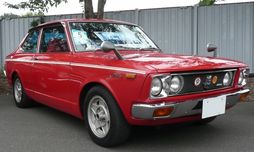
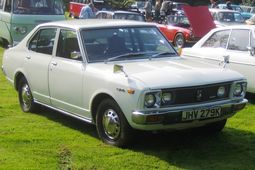
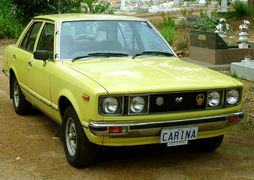
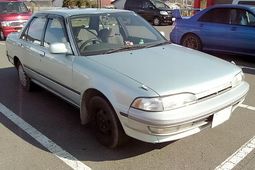
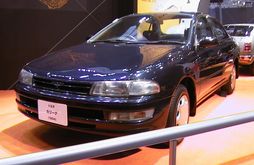
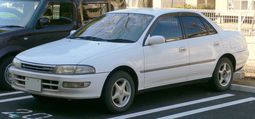
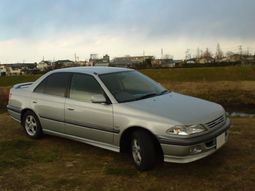
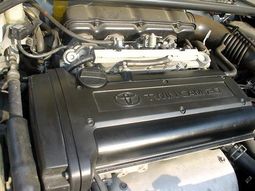
|